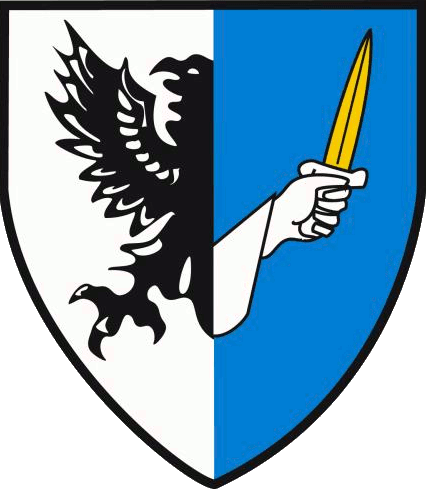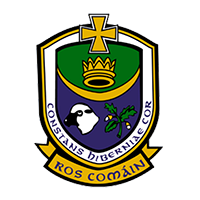| Technical |
Football
– -Catching
· High, Low, Body catch
· -Kicking
· Punt, Hook, Swerve
– -Hand pass
· Bounce, hand and fist pass
– -Solo
– -Movement
· Roll, Side step, Dummy solo/Feint
– -Tackle
· Near Hand Tackle, Tackle the ball (Pop out), Block down, Side to side charge |
Hurling
-Striking from the Hand
· Static, On the Run,Over the Shoulder, The drop shot
– -Catching
· High Catch /Jump Catch, Chest Catch, On the bounce
– -Hand pass
· COD pass
– -Pick up
· Jab lift, Roll & spin, Foot pick up, Ground flick up
– Hooking & Block
· Tackling/disposing opponents |
| Physical |
· Flexibility: Ongoing flexibility, which at this stage should be incorporated within daily routines and individualized to address specific player weaknesses. All team training sessions should prioritise a period for effective flexibility warm up/down stretching
· Speed: Multidirectional movements between 5m & 25m with recovery in between (Part or the warm / Individuals). Incorporated with other functional movement activities (COD, acceleration & deceleration)
· Strength: Upper body strengthening can be incorporated using own body weight, free weights and some medicine ball (weight) training. Lower body strengthening can move to low level plyometrics, Free weights and Medicine ball training.
· Endurance: Players should follow a well-structured endurance and speed endurance training programme which is progressive in nature moving from individual fitness components to high intensity exercises and small sided games. |
| Tactial |
· Decision making, trial & error (attack & defence) through whole team principles of play
· Understanding the specific responsibilities of the various position through playing experience and minimal direction from the coach
· Principles of play in attack & defence (linking the two) and Attacking/Defensive responsibilities in transitional play and counterattack
· Small sided games are crucial in players developing decision making. 5v5, 7v7,
· Creating width, depth, penetration and Communication |






